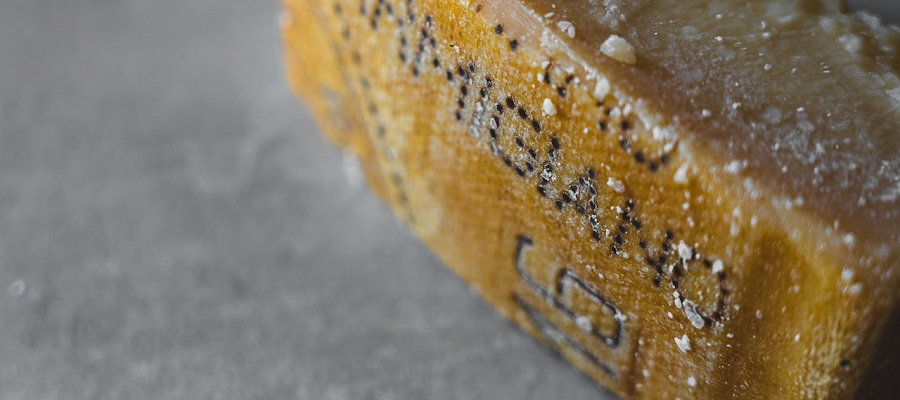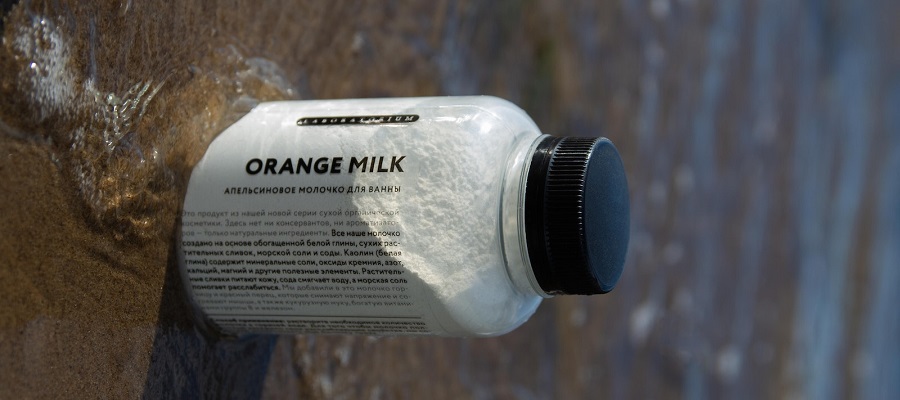Parmesan cheese is a type of hard, aged cheese that is typically made from cow's milk. It is named after the region of Parma in Italy, where it has been produced for centuries. Parmesan cheese has a hard, gritty texture and a sharp, nutty flavor that becomes more intense with age.
Parmesan cheese is typically made by separating the curds from the whey of cow's milk and then pressing and aging the curds for several months to several years. During the aging process, the cheese is coated with a thin layer of salt, which helps to preserve it and gives it its distinctive flavor.
Parmesan cheese is often grated or shaved and used as a topping for a variety of dishes, including pasta, salads, and soups. It is also a popular ingredient in many Italian dishes and can be used to add flavor and texture to a variety of recipes.
In terms of nutrition, Parmesan cheese is a good source of protein, calcium, and other essential nutrients. It is also high in fat and sodium, so it should be consumed in moderation as part of a healthy, balanced diet. Some brands of Parmesan cheese may also contain additives and preservatives, so it is important to read the label and choose a brand that aligns with your dietary preferences.
Dishes that use Parmesan cheese
Parmesan cheese is a versatile ingredient that can be used in a variety of dishes to add flavor and texture. Here are a few examples of dishes that commonly use Parmesan cheese:
-
Pasta dishes: Parmesan cheese is often grated or shaved and used as a topping for pasta dishes such as spaghetti, macaroni and cheese, and carbonara. It can also be mixed into pasta dishes for added flavor.
-
Salads: Parmesan cheese can be shaved or grated and used as a topping for salads, such as Caesar salad or arugula salad. It can also be crumbled and added to salads for added texture and flavor.
-
Soups: Parmesan cheese can be grated and used as a topping for soups, such as minestrone or tomato soup. It can also be mixed into soup recipes for added flavor.
-
Pizzas: Parmesan cheese is often used as a topping for pizzas, either on its own or in combination with other cheeses. It can also be mixed into the dough or used as a topping for stuffed crusts.
-
Grilled cheese sandwiches: Parmesan cheese can be grated and used as a topping for grilled cheese sandwiches, either on its own or in combination with other cheeses. It can also be mixed into the cheese filling for added flavor.
These are just a few examples of dishes that use Parmesan cheese. It is a versatile ingredient that can be used in a variety of recipes to add flavor and texture. It is important to note that Parmesan cheese is high in fat and sodium, so it should be consumed in moderation as part of a healthy, balanced diet.
The reason behind its high price
Parmesan cheese is often more expensive than some other types of cheese due to a variety of factors, including the quality of the milk, the length of the aging process, and the production methods used.
Parmesan cheese is made from cow's milk, and the quality of the milk can have a big impact on the final product. Parmesan cheese is typically made from raw milk that has not been pasteurized, which can contribute to its flavor and texture. Raw milk is more expensive than pasteurized milk, and this cost is often passed on to the consumer.
In addition, the aging process for Parmesan cheese is typically longer than for other types of cheese. Parmesan cheese is aged for at least 12 months and often for several years, which allows it to develop its characteristic flavor and texture. The longer aging process adds to the cost of production and is reflected in the price of the final product.
Finally, the production methods used to make Parmesan cheese are often more labor-intensive than those used for other types of cheese. Parmesan cheese is made by hand in small batches using traditional techniques, which adds to the cost of production.
Overall, the combination of high-quality milk, a long aging process, and labor-intensive production methods contribute to the higher price of Parmesan cheese compared to some other types of cheese. However, many people appreciate the flavor and texture of Parmesan cheese and are willing to pay a premium for it.
Is eating a lot of it healthy?
Parmesan cheese can be a nutritious and flavorful addition to a healthy, balanced diet in moderation. It is a good source of protein, calcium, and other essential nutrients. However, it is also high in fat and sodium, and it is important to consume it in moderation as part of a healthy, balanced diet.
The recommended serving size for Parmesan cheese is 1 ounce (28 grams), which is about the size of a small handful. This serving size provides about 120 calories, 10 grams of fat, and 400 milligrams of sodium. Consuming larger amounts of Parmesan cheese on a regular basis may contribute to an increase in calories, fat, and sodium in the diet, which can have negative effects on health over time.
It is important to pay attention to portion sizes and to consume Parmesan cheese as part of a healthy, balanced diet that includes a variety of foods. It is also a good idea to choose a high-quality brand of Parmesan cheese that is made with minimal additives and preservatives.


